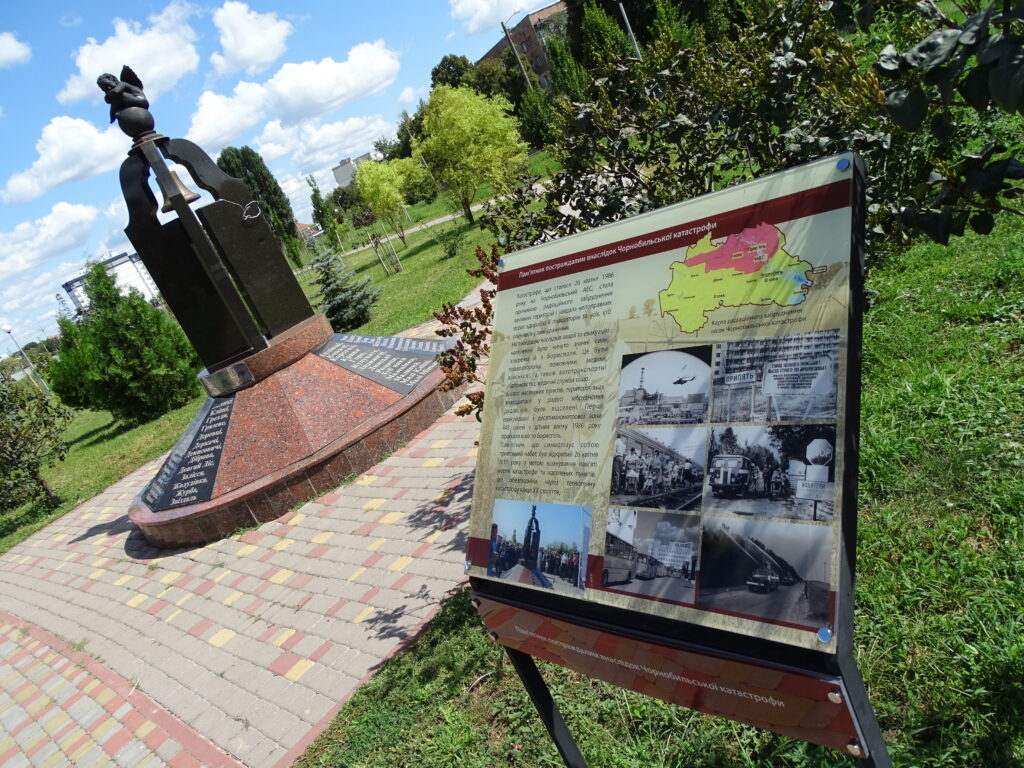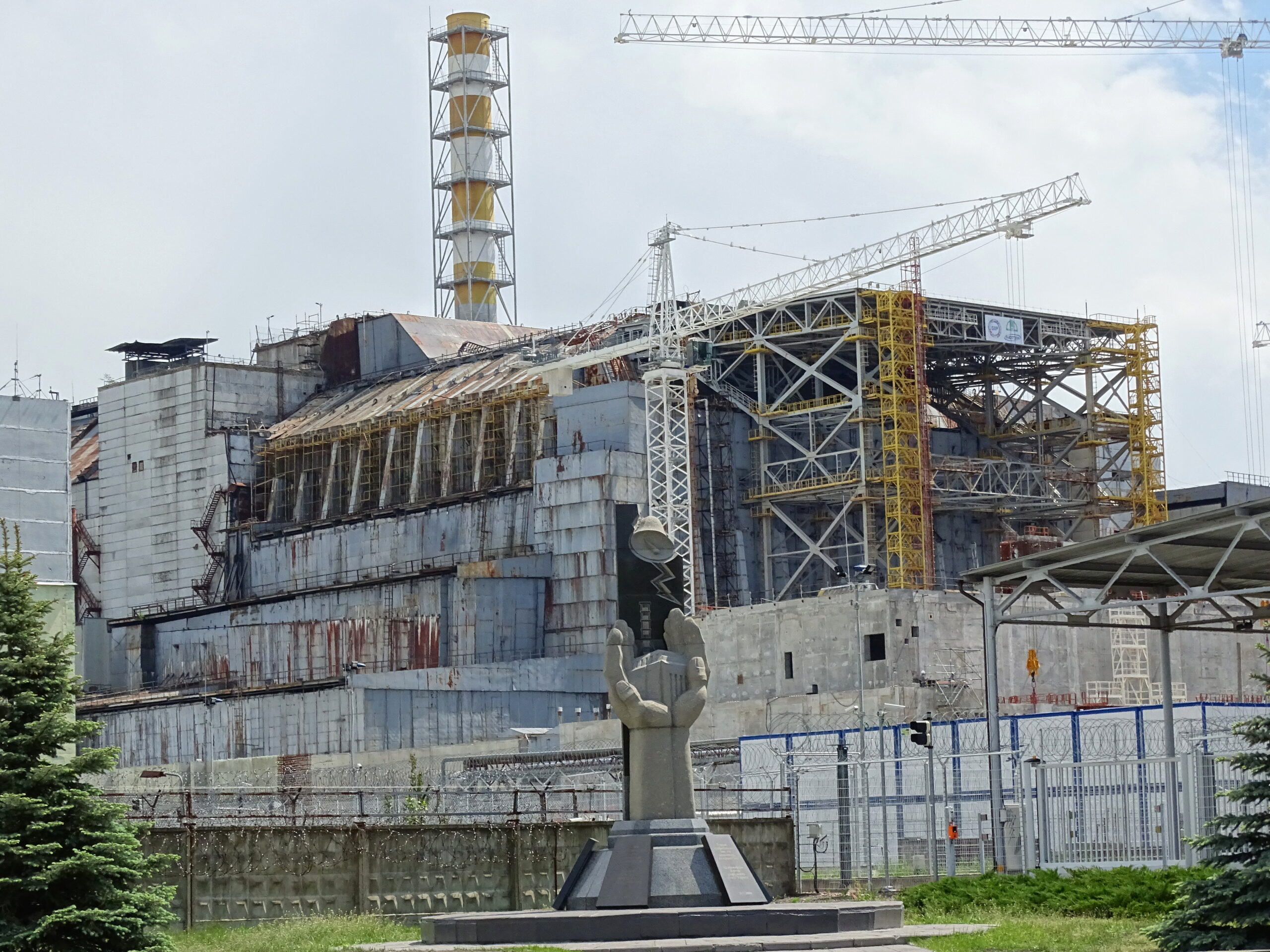Chernobyl: Peering into the Shadows of the Past
The context within which the Chernobyl disaster occurred is important to understanding the disaster.
The 1980s marked a significant period in the history of nuclear power, with a complex interplay of factors shaping its trajectory.
The decades leading up to the 80s saw a rapid expansion of nuclear power as nations sought to harness the potential of atomic energy for electricity generation.
The promise of abundant and relatively clean energy prompted the construction of numerous nuclear power plants across the globe.
By the 1980s, however, the nuclear power industry faced both increased scrutiny and growing concerns over safety and environmental impact.
The Cold War
The Cold War context added another layer to the dynamics of the nuclear power industry during the 1980s.
The superpower rivalry between the United States and the Soviet Union fueled a nuclear arms race, with both nations stockpiling nuclear weapons.
Simultaneously, the development of nuclear power for peaceful purposes, such as electricity generation, became intertwined with geopolitical considerations.
Nations sought to demonstrate technological prowess and energy independence through nuclear programs.
The Chernobyl disaster in 1986, occurring within the Soviet Union, spotlighted the inherent risks associated with nuclear power and intensified the global discourse on its safety and regulation.
The incident contributed to a reevaluation of the nuclear energy landscape, leading to a more cautious approach and increased emphasis on safety measures and international cooperation in the following decades.
Disaster Strikes
The Chernobyl disaster unfolded on April 26, 1986, in the No. 4 reactor of the Chernobyl Nuclear Power Plant in Pripyat, Ukraine, then part of the Soviet Union.
HBO Retells the Harrowing Details of the Disaster
It wasn’t until I stumbled upon the HBO miniseries, simply titled “Chernobyl,” that the chilling narrative of that fateful day began to unravel before my eyes.
The series, a masterful blend of historical accuracy and dramatic storytelling, vividly brought to life the events leading up to the disaster, the immediate aftermath, and the ensuing cover-up.
As my partner and I immersed ourselves in the harrowing scenes of firefighters bravely battling the flames and scientists grappling with the unimaginable consequences of a nuclear meltdown, I couldn’t help but feel a profound sense of unease.
The storytelling prowess of the HBO series transported me back in time, allowing me to witness the horror and heroism that characterized those critical moments.
Watching the HBO series served as a powerful history lesson, prompting me to delve deeper into the real-life accounts and documentaries that chronicled the events surrounding Chernobyl.
The more I learned, the more I realized the magnitude of the tragedy that had unfolded.
A Safety Test Goes Wrong
The incident occurred during a late-night safety test in the No. 4 reactor, resulting in a massive explosion and the release of a significant amount of radioactive material into the atmosphere.
The explosion ruptured the reactor vessel, causing a fire that burned for days and spewing radioactive isotopes, including cesium-137 and strontium-90, over a vast area.
In the immediate aftermath, two plant workers lost their lives due to the explosion, and 29 others succumbed to acute radiation sickness in the following weeks.
The most severely affected areas were Ukraine, Belarus, and Russia, with an estimated 116,000 people evacuated from the vicinity of the power plant.
The Soviet authorities initially downplayed the severity of the incident, contributing to delayed evacuation and inadequate protective measures for those exposed to radiation.
The Personal Stories
The personal stories woven into the narrative provided a human touch to the tragedy, making it all the more moving.
The sacrifices made by the liquidators, the workers who risked their lives to contain the disaster, became starkly evident.
The series portrayed the inherent flaws in the Soviet system, the bureaucratic negligence that exacerbated the crisis, and the haunting reality of the “bio-robots” – individuals sent to complete life-threatening tasks in the highly radioactive environment.
The portrayal of Valery Legasov, the Soviet chemist and key figure in the disaster response, played by Jared Harris, added a compelling layer to the narrative.
His internal struggle with the truth, his confrontation with the political machinery, and his eventual tragic fate showcased the human toll exacted by the Chernobyl disaster.
Long-Term Effects
The long-term effects of the Chernobyl disaster are far-reaching. The United Nations estimates that the number of premature deaths caused by exposure to radiation could range from 4,000 to 93,000.
The incidence of thyroid cancer, particularly among those who were children at the time of the disaster, increased significantly.
According to the World Health Organization (WHO), more than 6,000 cases of thyroid cancer have been reported among individuals who were children and adolescents in the affected regions.
Apart from immediate health impacts, the environmental consequences of the Chernobyl disaster are still evident today.
Large areas around the reactor remain uninhabitable, known as the Chernobyl Exclusion Zone. The wildlife in the region has been affected by radiation exposure, leading to mutations and changes in biodiversity.
The long-lived isotopes released during the disaster continue to pose challenges for the management and containment of radioactive waste. T
he Chernobyl disaster stands as a stark reminder of the devastating consequences of nuclear accidents and the importance of stringent safety measures in the operation of nuclear facilities.
Reevaluating Safety Measures
The Chernobyl disaster served as a pivotal moment in the history of nuclear power, prompting a reevaluation of safety practices and contributing to substantial changes in the industry.
One of the key lessons learned from Chernobyl was the critical importance of transparency and open communication in the aftermath of a nuclear incident.
The initial suppression of information by Soviet authorities delayed the evacuation of affected areas and hindered the implementation of necessary protective measures.
As a result, international organizations and governments worldwide recognized the imperative of timely and accurate information dissemination during nuclear emergencies.
Chernobyl Inspires Redesigns of Reactors
In response to the Chernobyl disaster, significant changes were made to nuclear power plant designs and operating procedures globally.
The RBMK reactor, the type involved in the Chernobyl incident, underwent safety upgrades and modifications to prevent a similar catastrophe.
International collaboration led to the development of standardized safety protocols, stringent regulatory frameworks, and the establishment of organizations dedicated to nuclear safety research and assessment.
The incident also underscored the importance of continuous training for plant operators and emergency responders, leading to enhanced preparedness and response capabilities in the event of a nuclear accident.
These comprehensive measures, rooted in the lessons learned from Chernobyl, have played a crucial role in improving the safety and resilience of nuclear facilities worldwide.
Chernobyl Remembered
The reverberations of the Chernobyl disaster have had a lasting impact on modern society, influencing attitudes toward nuclear energy, safety regulations, and public awareness.
The tragic events of 1986 served as a wake-up call, prompting nations worldwide to reassess the risks and benefits associated with nuclear power.
Strict regulatory frameworks and enhanced safety measures were implemented to mitigate the potential catastrophic consequences of a nuclear incident.
The shadow of Chernobyl has left a permanent mark on public perception, fostering a collective consciousness about the delicate balance between harnessing the potential of nuclear energy for electricity and the inherent risks it poses.
I live within an hour of the Bruce Power nuclear facility which is in Tiverton, Ontario, Canada which serves as a tangible reminder of the modern considerations surrounding nuclear power.
Bruce Power, one of the largest nuclear power complexes in the world, has played a crucial role in Ontario’s energy production.
The lessons drawn from Chernobyl have informed the safety practices at facilities like Bruce Power, emphasizing the paramount importance of ensuring the well-being of nearby communities while harnessing the benefits of nuclear energy in a responsible manner.
Conclusion
Today, as I recommend the HBO series to anyone interested in understanding the nuances of the Chernobyl disaster, I am struck by the importance of historical storytelling.
The medium has the power to transport us to bygone eras, to shed light on events that shaped our world, and to instil in us a sense of collective responsibility to learn from the mistakes of the past.
Chernobyl, once a distant and obscure chapter in my childhood, has become a stark reminder of the fragility of human endeavours and the far-reaching consequences of our actions.
Where were you when you first heard about the Chernobyl disaster? I realize that a lot of what we know today about the disaster was not known in the early days following the explosion.
If you remember being aware of the incident when it first occurred, has your understanding of it changed as you reflect back on what was being reported on at the time?
Did you watch the HBO Series and if so what did you think? Please contribute to the conversation by dropping a comment below.
We always appreciate hearing from you as we try to make sense of our collective history.

Image Attribution: Adam Jones from Kelowna, BC, Canada, CC BY-SA 2.0 https://creativecommons.org/licenses/by-sa/2.0, via Wikimedia Commons
Craig is a partner, and proud father of a teenage daughter, and two dogs. He's an avid blogger who loves researching and discussing 80s and 90s nostalgia. When not working on his website or hanging with his fam, Craig enjoys playing guitar, watching lacrosse, and being near water.

